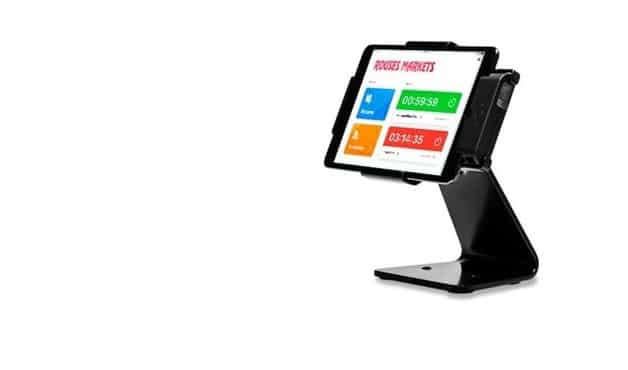Last updated on August 5th, 2024 at 02:32 pm
Return Fraud is a persistent problem for retail businesses today, resulting in billions of dollars in lost revenue and additional costs in the U.S. every year. According to the National Retail Federation, the world’s largest retail trade association, the surge in eCommerce since the onset of the Covid-19 pandemic has continued to drive return fraud losses even higher, with retailers losing more than $78.4 billion in 2021 alone.
On average, 10.3% of all merchandise returns in 2021 were fraudulent – a year-over-year increase from 8.8% in 2020 and 5.9% in 2019. Not only do these fraudulent return scams cost retail businesses billions in lost sales, increased labor costs, and higher logistics expenses, but they are also directly responsible for more than $5 billion in lost sales taxes that many states desperately depend on to support and improve the lives of the people living there.
Fraudulent returns are crimes that affect more than just the businesses being scammed – but what can retailers do to help eliminate the problem? By understanding what return fraud is and how these scams work, businesses can plan effectively and take decisive actions to prevent store return theft from occurring in their establishments.
What is Return Fraud?
Return fraud is the deliberate act of stealing from a retailer by manipulating and taking advantage of merchandise return policies/processes. Also known as store refund theft, these scams can happen through various methods, such as shoplifting with the objective of returning the stolen merchandise for a refund without a receipt, a reused receipt, or a falsified receipt. One of the most common forms of return fraud is known as ‘wardrobing,’ in which a consumer will purchase merchandise, use it, and then make a return for the full price. Wardrobing accounts for approximately 68% of all return fraud incidents.

Data from NRF Customer Returns Retail Industry report – 2021
Return scams can occur in every retail category, though automotive (19.4%) and apparel (12.2%) are consistent category leaders. Home improvement, housewares, and department store returns are the next most common categories, accounting for roughly 11.5% of all return fraud merchandise categories each. These fraudulent returns reduce net sales, create inventory shortages, and contribute to overall company losses.
How to Prevent Return Fraud
Preventing return fraud doesn’t need to be overly complicated or expensive. By establishing best practices for returns processes, and by incorporating the right technological resources, retailers can reduce the likelihood of store refund thefts being attempted at their businesses in the first place.
One of the most effective approaches to preventing return fraud is to focus on customer engagement during the return experience. A retailer’s most loyal and frequent customers will statistically be the ones making the most returns, so it’s important not to alienate or inconvenience legitimate customers while attempting to prevent fraud. The moment of product return is also another chance for a sale, where retailers can learn more about their customers’ expectations and identify why a specific product failed to meet their needs.
As part of customer engagement at the point of return, retailers that require both receipts and personal identification to process returns are far less likely to experience return fraud than those who do not. While employees might not always be able to tell a fraudulent receipt from an authentic one, especially during peak business hours, incorporating a system that requires a valid ID scan before returns can be completed is extraordinarily dependable. As a preventative measure, perpetrators of return fraud are much less likely to agree to give a retailer their ID information due to the fear of being caught and prosecuted. In the event that a scammer does provide their ID during the return process, retailers who might otherwise be unable to properly inspect a product at the moment of return will have the information they need to take later action against the individual once fraud has been discovered.
IDScan.net provides these ID verification tools for retailers, working with businesses to incorporate solutions that are right for them. Through their custom-designed IDWare Profit software solution, IDScan.net gives retailers effective resources that manage returns, track vendors, and support team members during return processes. Customer returns can be logged and tracked with a simple scan, helping retailers quickly identify suspicious behavior across multiple establishments with real-time data stored safely in the cloud. These solutions are easy to incorporate into existing operations, giving businesses the power to eliminate fraud without disrupting normal operations. In one case study across multiple supermarket establishments in Louisiana, Alabama, and Mississippi, retailers witnessed a staggering 36% reduction in the total value of returns during the first 5 weeks after implementation.
By partnering with IDScan.net’s team of loss prevention experts, retailers can develop an effective strategy that leverages innovative tech and proven best practices to eliminate return fraud in their businesses, minimizing preventable losses and improving the customer experiences in the process.
Reach out to the experts at IDScan.net to schedule a demo today.




